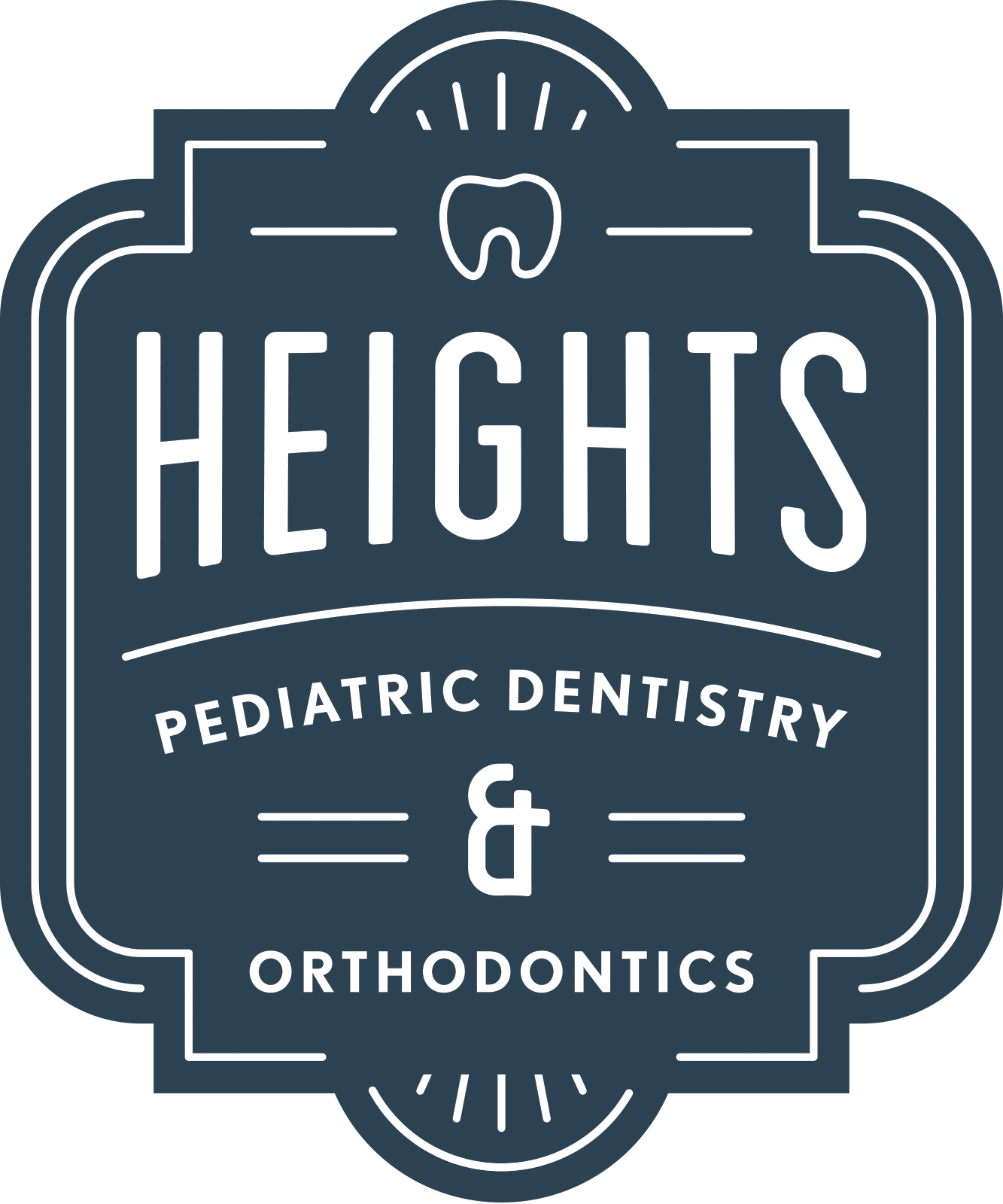Teeth Whitening
/Many patients inquire about teeth whitening or bleaching, whether they’re starting to lose those first very opaque white baby teeth and growing in the more yellowish looking adult teeth, or our teenagers that have just completed their orthodontic treatment. Its important to know that bleaching may not be for everyone! Here are some of the biggest considerations:
AGE: Firstly, we do not recommend bleaching under the age of 16, and that is because the teeth have not fully matured yet. The pulp chamber or nerve of the tooth is still enlarged up until this age. When the teeth are whitened, this could irritate the pulp and cause it to become sensitive or to encounter nerve damage.
DENTAL HEALTH: Secondly, we cannot recommend bleaching for a patient that has active gum disease, dental caries, abnormal tooth conditions or currently is wearing any sort of orthodontic appliances in the mouth. Whitening solutions can enter the tooth and progress decay by further weakening the tooth leading to sensitivity, pain and even infection. Whitening products or bleach do not work on existing dental restorations like composite “fillings” or crowns, so its important to consider that the entire tooth may not have an even esthetic result, especially on the front teeth. Teeth that have conditions that effect the outer or inner coloring of the teeth may not respond to bleaching. These conditions include erosion (i.e. acidic diet, medical conditions like reflux/GERD, etc), enamel hypoplasia, internal tetracycline staining, previous trauma causing an internally discolored tooth, and more. For these conditions its better to consider endodontic treatment and/or veneers/crowns to achieve the desired result.
What are your OPTIONS? In the later teen years, we recommend first trying with a gentle over the counter product such as Crest whitening toothpaste or Whitestrips with parental supervision. Testing these out first will help the patient gauge how sensitive their teeth may be, if there are any allergies to the whitening agents used in the products, and if they can be reliable/consistent to use these products. If the patient tolerates these well and they still want to achieve a better result, then we recommend prescription products performed by the dentist. We make customer retainer trays that accurately fit the patient’s teeth to hold the proper amount of a higher concentration of teeth bleach that is effective and safe for the patient to use.
Bleaching is not a permanent solution and must be repeated as needed, especially because foods and drinks can re-stain the teeth over time. Bleaching should be done in a dental office by a trained professional who understand risks of damage to enamel, gums and other intraoral soft tissues and are able to educate and protect patients from such problems.
Want to know if your child is a candidate for teeth whitening? Come see us at Heights Pediatric Dentistry & Orthodontics!






















